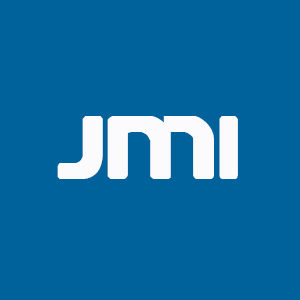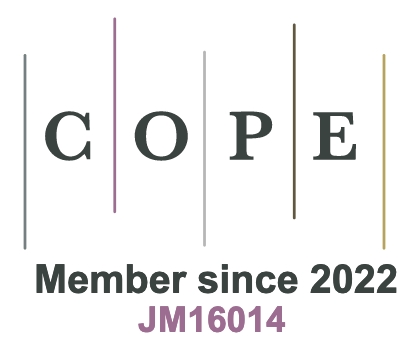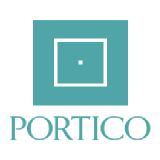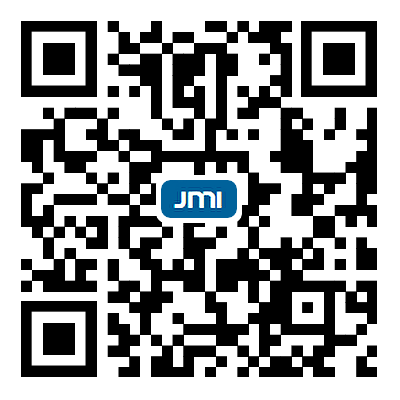Exploring the Pareto front of strength-conductivity trade-off: interpretable machine learning for property prediction and composition design in high-strength high-conductivity Cu Alloys
Abstract
High ultimate tensile strength (UTS) and high electrical conductivity (EC) copper alloy is a key material in upgrading traditional manufacturing industries. Since a trade-off exists between UTS and EC, the design of new alloys balancing the two properties is a significant challenge. In this paper, to expedite the design of copper alloys with target properties, we integrated feature engineering, machine learning (ML), and swarm intelligence algorithms to construct a paradigm that includes model construction, property prediction, and composition inverse design. By introducing and filtering the physical features, a high-quality ML model of composition, physical features, and properties in copper alloys is constructed, of which the error is less than 9%. Based on the well-constructed model, the physical features and elements that significantly affect the UTS and EC of copper alloys are identified by the Shapley additive explanations model. In addition, we investigated the alloying effects on the UTS and EC within the Cu-Cr-Zr-Mg system. Finally, using the multi-objective grey wolf optimization algorithm, we designed several new alloys showing high UTS and high EC copper alloys and explored the Pareto frontier between UTS and EC, which provides a guide for developing new high-performance Cu alloys.
Keywords
High-strength and high-conductivity copper alloys, machine learning, feature engineering, composition inverse design, pareto frontiers
Cite This Article
Wu C, Liao M, Zhou X, Chen J, Qian X, Wang Y, Zhou F, Wang F. Exploring the Pareto front of strength-conductivity trade-off: interpretable machine learning for property prediction and composition design in high-strength high-conductivity Cu Alloys. J Mater Inf 2025;5:[Accept]. http://dx.doi.org/10.20517/jmi.2025.59












